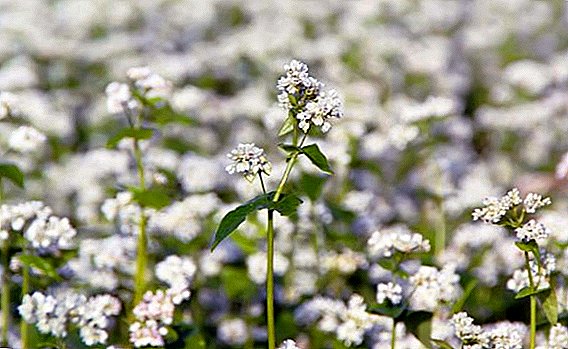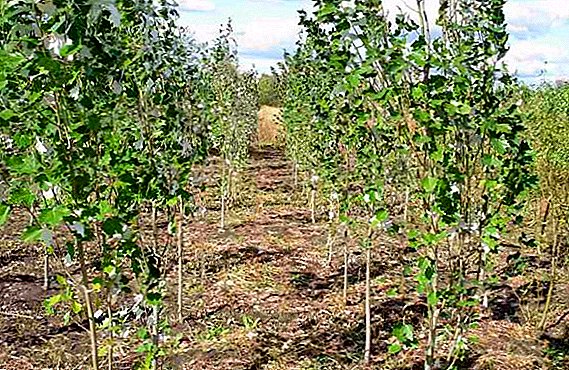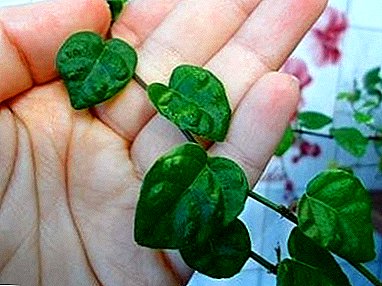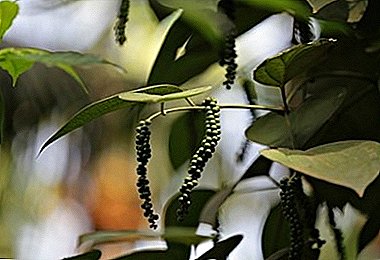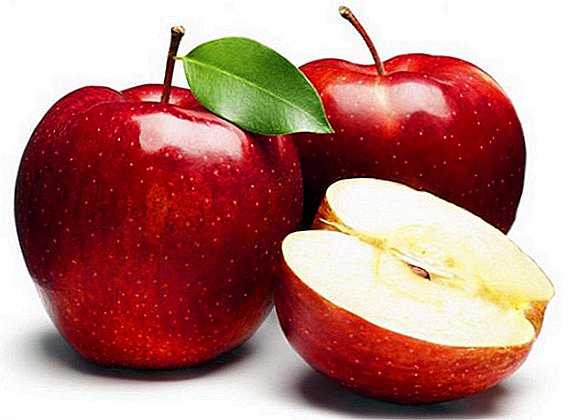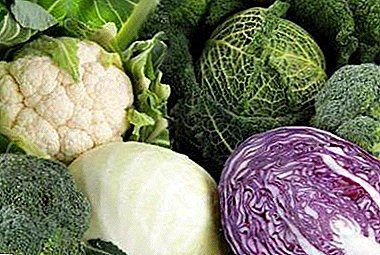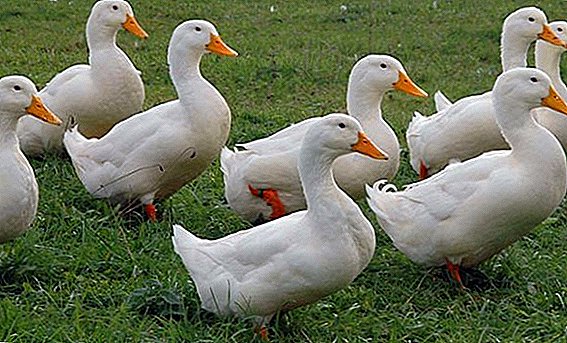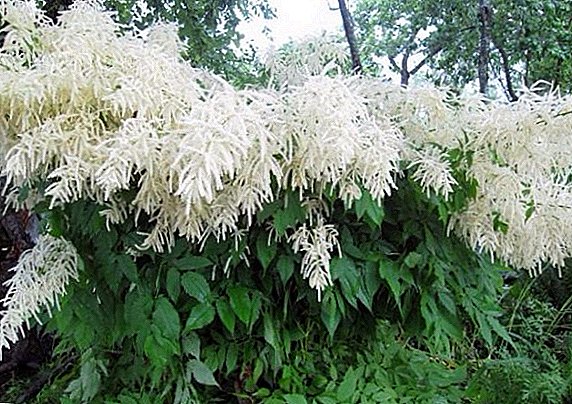 Arukus is popularly known as Volzhanka, it is a perennial garden plant that forms beautiful neat bushes that will decorate your summer cottage. The big advantage of the plant is that the Volzhanka is not demanding to care, can develop for a long time without supervision, it has numerous species and varieties. The article describes the most popular types of Volzhanka and especially its cultivation in the gardens.
Arukus is popularly known as Volzhanka, it is a perennial garden plant that forms beautiful neat bushes that will decorate your summer cottage. The big advantage of the plant is that the Volzhanka is not demanding to care, can develop for a long time without supervision, it has numerous species and varieties. The article describes the most popular types of Volzhanka and especially its cultivation in the gardens.
Aruncus dioecious, or ordinary (Aruncus dioicus)
The homeland of this Volzhanka is considered to be the regions of Northern Europe and the Caucasus. Plant like astilba, However, they belong to different families, have some differences with regards to color and size. Volzhanka is from the Rosaceae family, and astilbe is Stone-sawed. Astilba flower color variants are much richer and do not depend on the "sex" of the plant. Flowers can be purple, beige, white, pink or red shades. While female Volzhanka inflorescences can only be white, and male - beige. Volzhanka is usually much larger in size than astilbe, and its flowers are more dense.  Aruncus dioecious in height can reach 2 m. The stems of the plants are long, straight, form bushes up to one meter in diameter. The leaves are a bit like ferns, have dense petioles. Blossoms in small flowers (male inflorescences - beige and thick, female - white and more rare). The shape of the inflorescence Volzhanka resembles a Christmas tree, in length, they can reach up to 50 cm.
Aruncus dioecious in height can reach 2 m. The stems of the plants are long, straight, form bushes up to one meter in diameter. The leaves are a bit like ferns, have dense petioles. Blossoms in small flowers (male inflorescences - beige and thick, female - white and more rare). The shape of the inflorescence Volzhanka resembles a Christmas tree, in length, they can reach up to 50 cm.
Flowering time falls on June and July. The plant has a very pleasant tart smell, so it is very fond of insect pollinators. In September, Volzhanka throws seeds. If they are sown before December, the flowering of Volzhanka should be expected only after three years.
Did you know? Volzhanka is growing rapidly. If you want to make beautiful bushes out of it, trim the stems regularly after flowering. The plant tolerates pruning of stems and inflorescences, can take a variety of geometric shapes.Volzhanka dioecious differs from other species in large size. The most popular varieties of ordinary Volzhanka include:
- Kneifi - has beautiful highly branched openwork leaves, reaches a height of 80 cm, moisture-loving;
- Volzhanka Forest Dzhineya Fov - reaches a height of 2 m, inflorescences are white with a slightly pinkish tinge;
- Misty Lace - about 70 cm high, the leaves are saturated green, form neat little bushes, the flowers have a delicate cream shade.
Aruncus american (Aruncus americanus)
The homeland of this species are regions of North America. In height the plant reaches one meter. It blooms from late May to mid-June. This species has a long rhizome, which is extended by 7 cm each year. Volzanka American forms less branched bushes than dioecious.  The leaves of this species are triply pinnate, have a light green tint. Inflorescences are small white in color, resemble spikelets in shape. American Volzhanka flowers are not as plentiful as usual, and therefore does not look so voluminous. Due to its low growth and compact bushes, this type of plant is very popular. Shrubs are often used for landscape design.
The leaves of this species are triply pinnate, have a light green tint. Inflorescences are small white in color, resemble spikelets in shape. American Volzhanka flowers are not as plentiful as usual, and therefore does not look so voluminous. Due to its low growth and compact bushes, this type of plant is very popular. Shrubs are often used for landscape design.
Volzhanka is propagated with the help of seeds, petioles or division of roots. For the formation of landscape design is better to choose reproduction by dividing the roots.
Important! During vegetative propagation, be sure to leave on each part of the bush a few roots and at least one bud. Separate parts of the bush after dividing should be planted immediately into the ground, otherwise the plant will die.
Aruncus Asiatic (Aruncus asiaticus)
 This species is from Siberia, it is considered tall. In height reaches two meters. Leaves Volzhanka twice pinnate, rich green color. It differs from other species by a short root system, coarse and less branched foliage, and dense flowering. Inflorescences are small, reaching up to 40 cm in length. Blooms in June.
This species is from Siberia, it is considered tall. In height reaches two meters. Leaves Volzhanka twice pinnate, rich green color. It differs from other species by a short root system, coarse and less branched foliage, and dense flowering. Inflorescences are small, reaching up to 40 cm in length. Blooms in June.
Asian Volzhanka also differs amazing frost resistance. In the wild, it can be found in the areas of forest zones of Siberia, East China. Prefers penumbra and fertile soil, moisture-loving. Often used for decorating fences, walls.
Aruncus Kamchatka (Aruncus kamtschaticus)
In the wild, this type of plant can be found in the Far East, Alaska, Korea, Sakhalin, Kamchatka, Okhotia, the Arctic, and Japan. In height it can reach from 30 to 150 cm. It has a thick, powerful root system. Leaves twice feathery oval. Inflorescences are abundant, little branched, reaching a length of 20 cm. Aruncus of this species blooms in July and August. Seed ripening occurs in September.
Prefers penumbra. Often used for registration of park areas. One of the most popular varieties of this species is the Alpine. Differs in short stature (30 cm), small neat bushes.
Did you know? On Sakhalin, young spring stalks of the Asian Volzhanka are preparing very tasty dishes, soaking and boiling the shoots.
Chinese Arunkus (Aruncus sinensis)
In height reaches from one to one and a half meters. The leaves are oval, twice pinnate, with a clearly visible relief pattern. They have a beautiful rich green color with a brown tint. Inflorescences of white and cream shades up to 25 cm in length, not thick, strongly branched.  The plant prefers lightly shaded areas and moist soil. Any soil will be suitable for planting: sandy, loam, clay. The main thing in care is to maintain the soil moisture and feed it with organic fertilizers. Such a Volzhanka will look very impressive next to the pool or pond.
The plant prefers lightly shaded areas and moist soil. Any soil will be suitable for planting: sandy, loam, clay. The main thing in care is to maintain the soil moisture and feed it with organic fertilizers. Such a Volzhanka will look very impressive next to the pool or pond.
Important! Protect the Chinese Volzhanka from excessive lighting. Otherwise, the leaves will acquire an ugly yellow color, and the plant will quickly burn out.
Arunkus korolischelistny (Aruncus aethusifolius)
Plants of this species are the lowest and most compact. Volzhanka kokoryshelistnaya in height reaches 25 cm. The flower is very beautiful and elegant. The leaves are pinnate, dark green in color and glittering in the sun. Inflorescences creamy white, located slightly above the leaves. Such arunkus blooms from June to July.  Cocolisculate Volzanka is often used to decorate borders; it can also be grown in pots at home. The plant is very responsive to fertilizing with organic fertilizers.
Cocolisculate Volzanka is often used to decorate borders; it can also be grown in pots at home. The plant is very responsive to fertilizing with organic fertilizers.
Did you know? In autumn, the leaves of Arunus kokorishelistnogo acquire a beautiful reddish tint. At one place the plant can develop about 10 years.
Arunkus etuzifolius (Aruncus aethusifolius)
Belongs to undersized species. In height, the bushes reach 30 cm, dense and very neat. Inflorescences have cream and white shades. Very long, dense, rise to a height of 30-50 cm above the foliage. The leaves are small, dark green, oval-shaped.
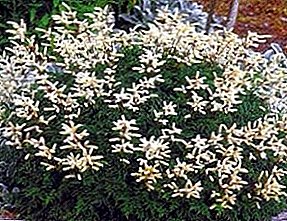 The most popular variety of this species is Noble Spirit. Its bushes have a height of only 25 cm. Flowering Noble Spirit is plentiful and fascinates in June with beautiful snow-white flowers. After flowering inflorescences retain decorativeness, acquiring a brown color, which is formed from the ripening of seeds. This variety can also be grown in pots at home on the windowsill. For good development, the plant needs a rich, loose, drained soil.
The most popular variety of this species is Noble Spirit. Its bushes have a height of only 25 cm. Flowering Noble Spirit is plentiful and fascinates in June with beautiful snow-white flowers. After flowering inflorescences retain decorativeness, acquiring a brown color, which is formed from the ripening of seeds. This variety can also be grown in pots at home on the windowsill. For good development, the plant needs a rich, loose, drained soil.
Important! The Volzhanka inflorescences should be cut off immediately after flowering, and in the fall, pruning of the stalks should be done, leaving hemp 3-5 cm high. Such procedures are necessary to ensure that the root system is sufficiently saturated with useful substances from the soil and the plant is actively developing next year.In addition to the main species, the specialists developed many hybrid varieties of Volzhanka. They are characterized by relatively low growth, compactness of bushes and a variety of flowering. The most popular varieties include:
- Johannisfest - up to 35 cm high, the leaves are highly branched, fluffy. The inflorescences are cream with a pink tinge, in shape represent graceful slightly curved panicles. The variety is drought tolerant.
- Waldemar Meyer - up to 50 cm high. Leaves pinnate, dark green, glistening in the sun. Stems are red, dense. Inflorescences have a charming white and pink shade. The flowering period is from July to August.


